Yesterday, BioScience students participated in an annual competition, the BioScience Olympics. The BioScience Academy is divided into three cohorts for each grade: Cohort 11 (seniors), Cohort 12 (juniors) and Cohort 13 (sophomores).
Each cohort competed head-to-head in a variation of games involving memory, agility, critical-thinking and engineering skills. Seven different games occurred throughout the evening: science-themed Jeopardy, a scavenger hunt, a stacking contest, bacteria vs. white blood cells (sharks and minnows), extreme spoons, a relay race and a complex game of rock, paper, scissors.
The night kicked off with Jeopardy, which included trivia about teachers, chemistry/physics, physiology/biology, first aid and BioScience facts. Cohort 12 took the first question and supplied the right answer, giving the class a lead of 200 points.
Students either erupted in laughter or whooped enthusiastically as their teammates provided their answers in the traditional “Jeopardy!” manner: “What is ______?”
A couple rounds into the game, Cohort 11 had 3,800 points, Cohort 12 had 2,200 points, and Cohort 13 had 0 points. Halfway through the game, Cohort 13 scored 600 points, bringing them back into the race.
When the game ended, Cohort 11 won with a grand total of 8,200. Cohort 12 had 1,300 points and Cohort 13 had 100 points.
Senior and Cohort 11 member Joshua Ramirez believes a few of the events are skewed because “in Jeopardy, the sophomores don’t really know that much, [so] the older you are, the more of an advantage you have.” He also believes different games, such as the Great Race, are more fair for all the students.
Jeopardy was followed by the “Baby Hunt,” a six-part scavenger hunt in search of a flour sack with a cutout of the child of one of the BioScience teachers: Mika Anderson, Colleen Malone, and Darcy Duffy.
Each cohort was represented by three of their students, who raced across camps trying to solve riddle after riddle in search of the flour sack.
Cohort 11 returned first, receiving the most points for their performance. Cohort 13 was not too far behind, and Cohort 12 returned in third, receiving the least amount of points.
While the students from each cohort tracked down new clues for the Baby Hunt, the remainder of students hung back and either played Extreme Spoons, Bacteria vs. White Blood Cells, which is BioScience’s take on Sharks and Minnows, or a complex version of Rock, Paper, Scissors.
Next, each cohort was given $30 and 15 minutes to try to construct the tallest, most sound structure out of their materials. Ranging from tortillas to marshmallow roasting sticks to watermelon peels, each cohort bought their own materials from the “store” for their structures. Each cohort energetically hollered for their team, making up creative cheers along the way.
In the end, Cohort 11 won the engineering contest, with Cohort 13 in second and Cohort 12 in third.
[soundcloud url=”https://api.soundcloud.com/tracks/287882460″ params=”color=ff5500&auto_play=false&hide_related=false&show_comments=true&show_user=true&show_reposts=false” width=”100%” height=”166″ iframe=”true” /]
After a short intermission, students competed in the Great Race, a relay race that incorporates different challenges: mummy-wrapping, the bloodrun, blindfolded splint-wrapping, an obstacle course and the labeling of human body parts on the aforementioned mummy.
Cohort 12 member and junior Trey Casswell illustrated the atmosphere as “very competitive.” Casswell competed alongside Clayton Brossia in the Blood Run portion of the Great Race, winning their leg.
“There was a lot of words going around before the race started and there was a little bit of pushing during the race. Everyone was cheering for their cohort, and there were some cheering battles going on,” Casswell said with a laugh.
There was no predicting who would win the entire race, as the leading cohort switched in each obstacle. But, Cohort 11 took the win in the end.
Once each festivity had been completed, the points for each cohort were tallied up. Cohort 11 won with a final score of 33,650, Cohort 12 came in second with 24,800 and Cohort 13 placed third with a point score of 18,500.
Anderson, who teaches the Medical Technology class of the BioScience Academy, described the BioScience Olympics as “a chance for all the three cohorts to collaborate, have fun, have some competitive spirit and give them a chance to build community and have some fun team-building.”
Anderson emphasized that enjoyable activities like this are important to the school because “we’re so stressed at this school and [the students] take, you know, AP classes, and Honors this, and a zillion honors classes, plus science this and science that, so I think it’s a good time to remind them that they can be kids and have fun.”


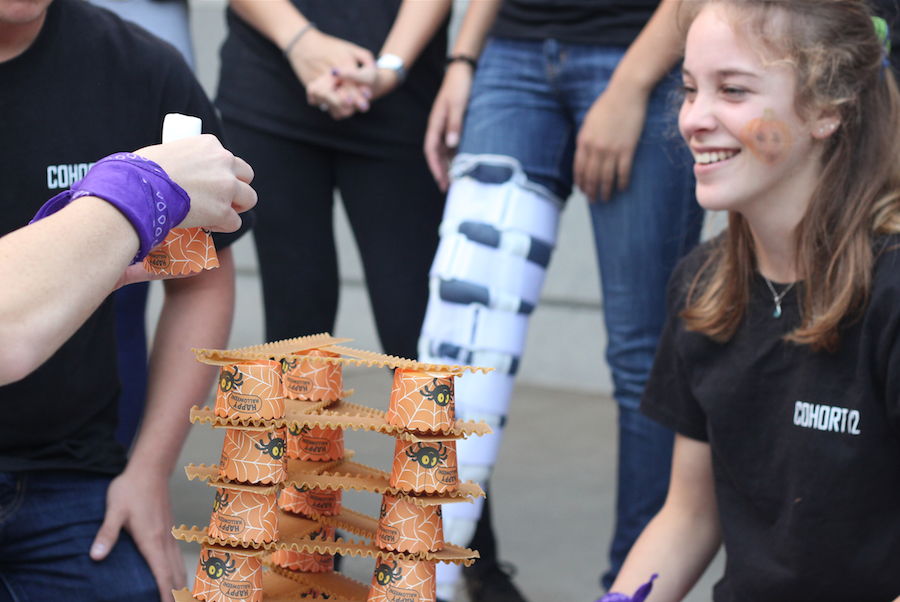
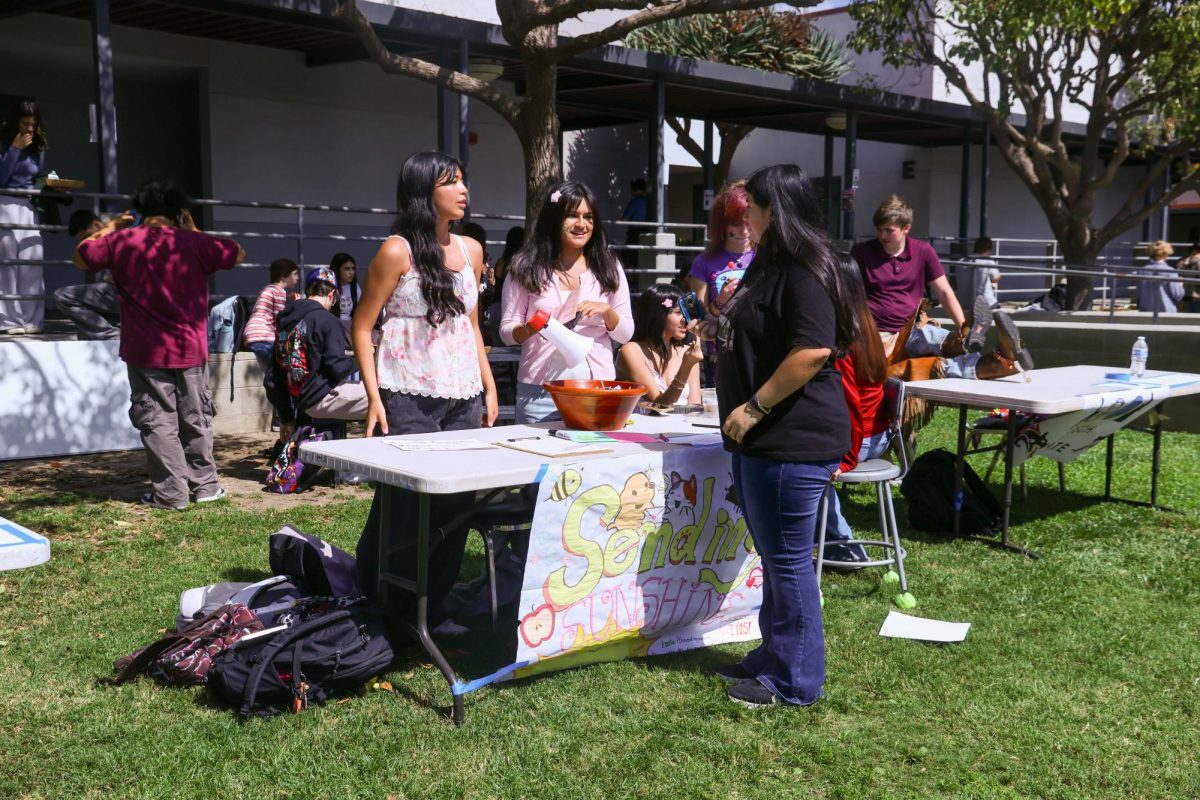
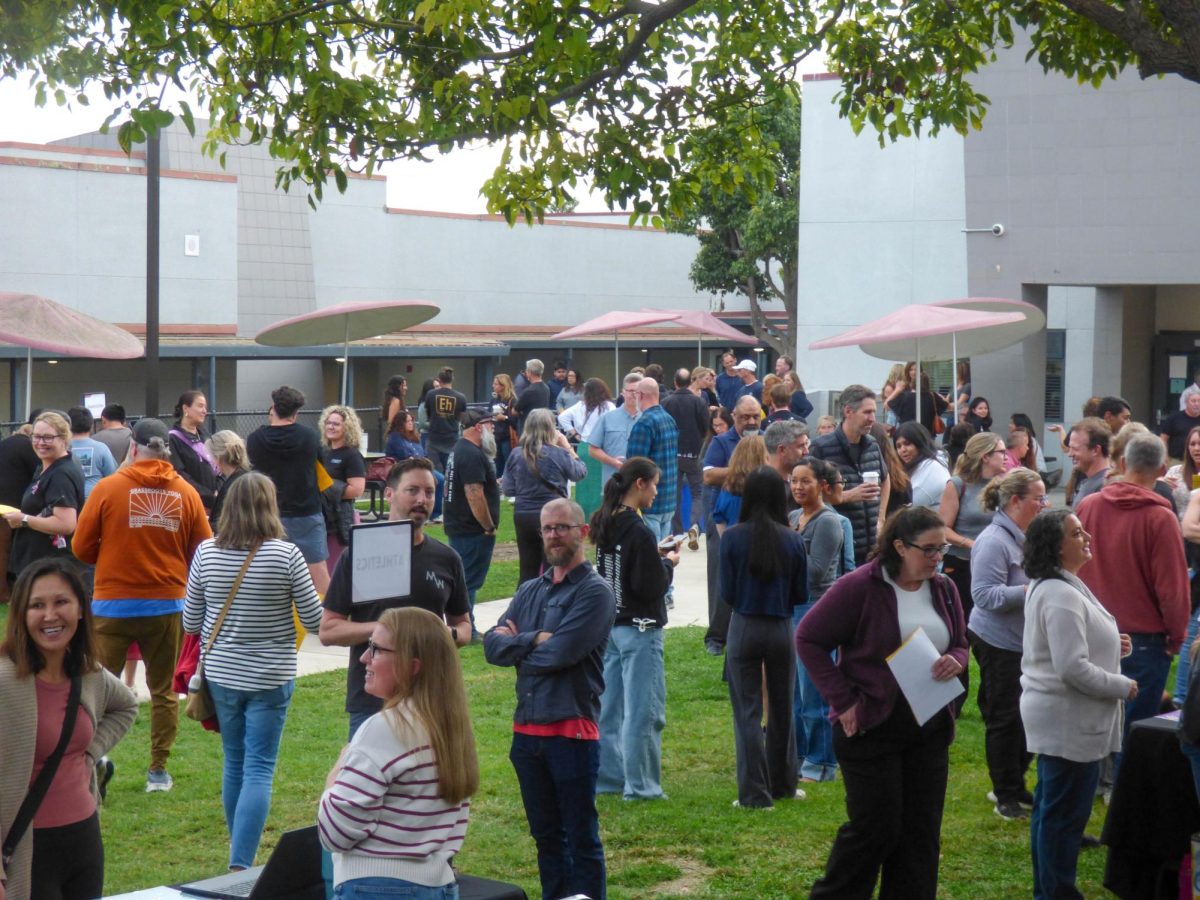
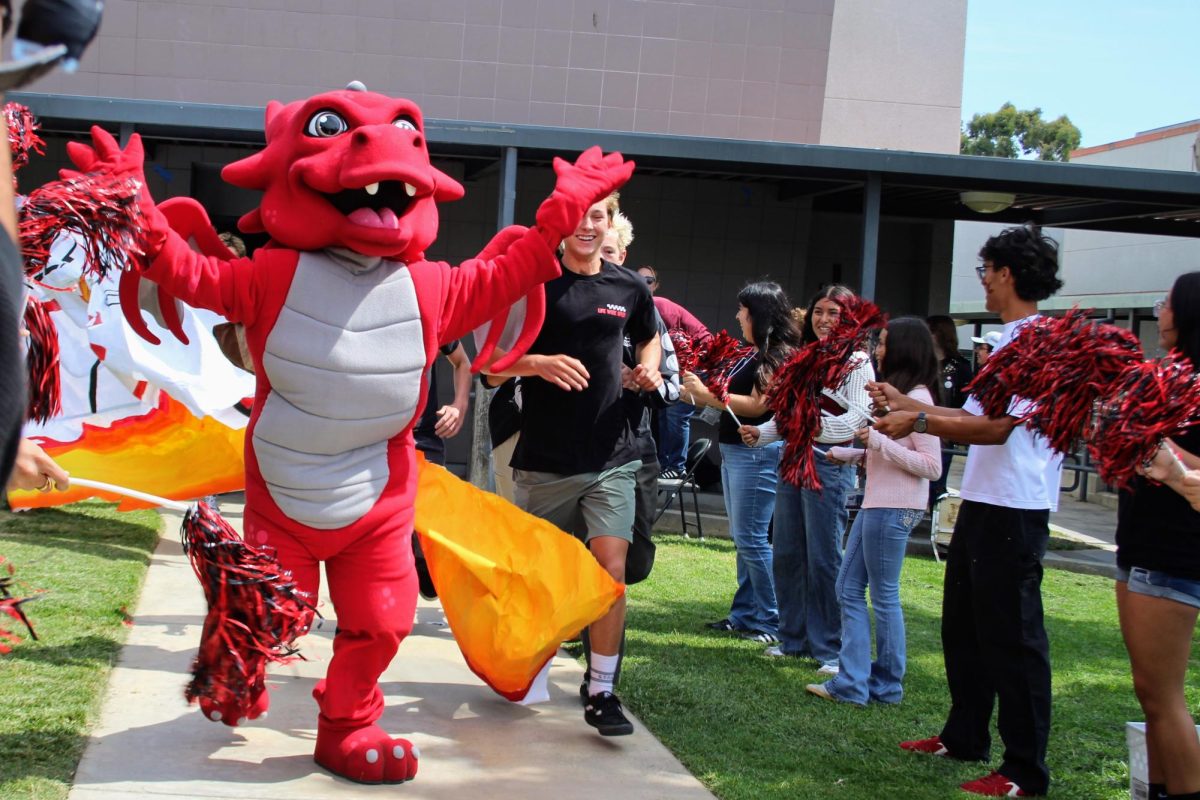

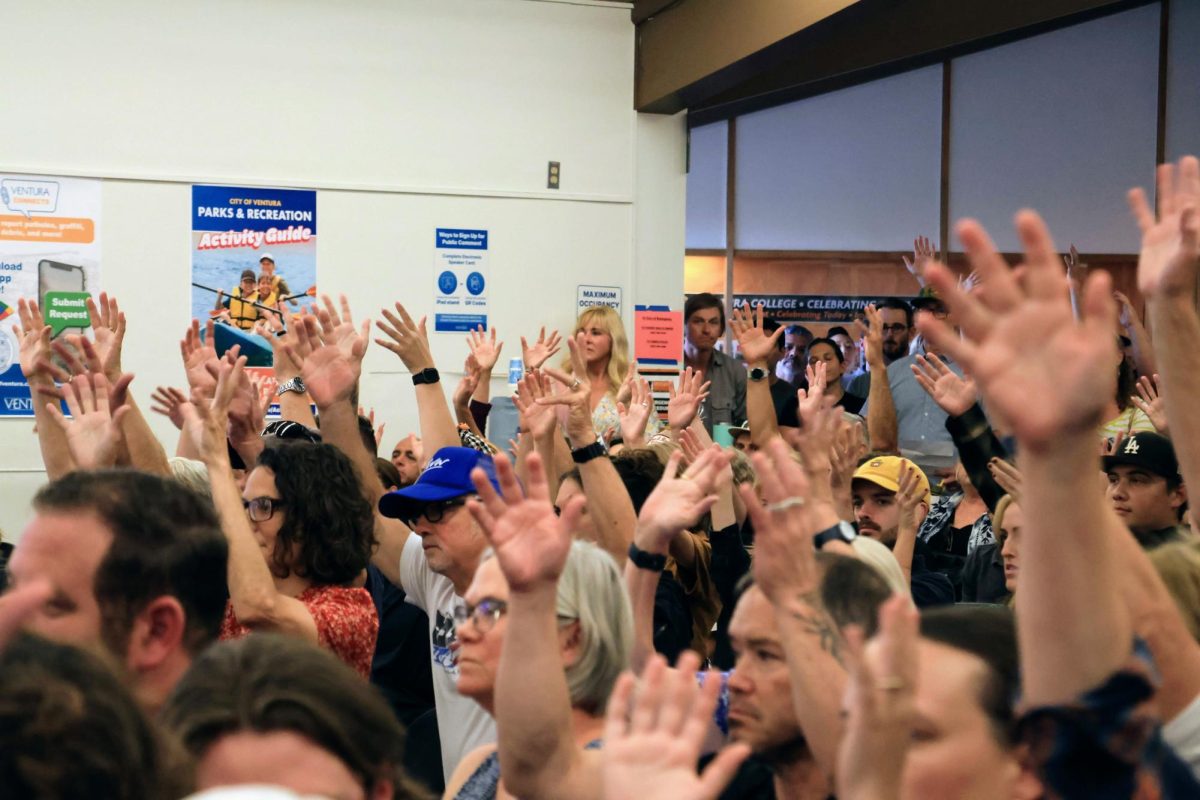

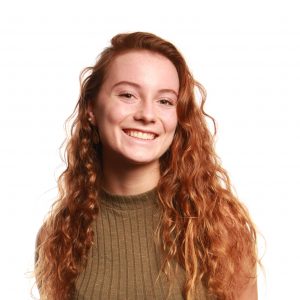

person • Oct 16, 2016 at 11:44 am
Two blood cells met and fell in love, but alas it was all in vein.